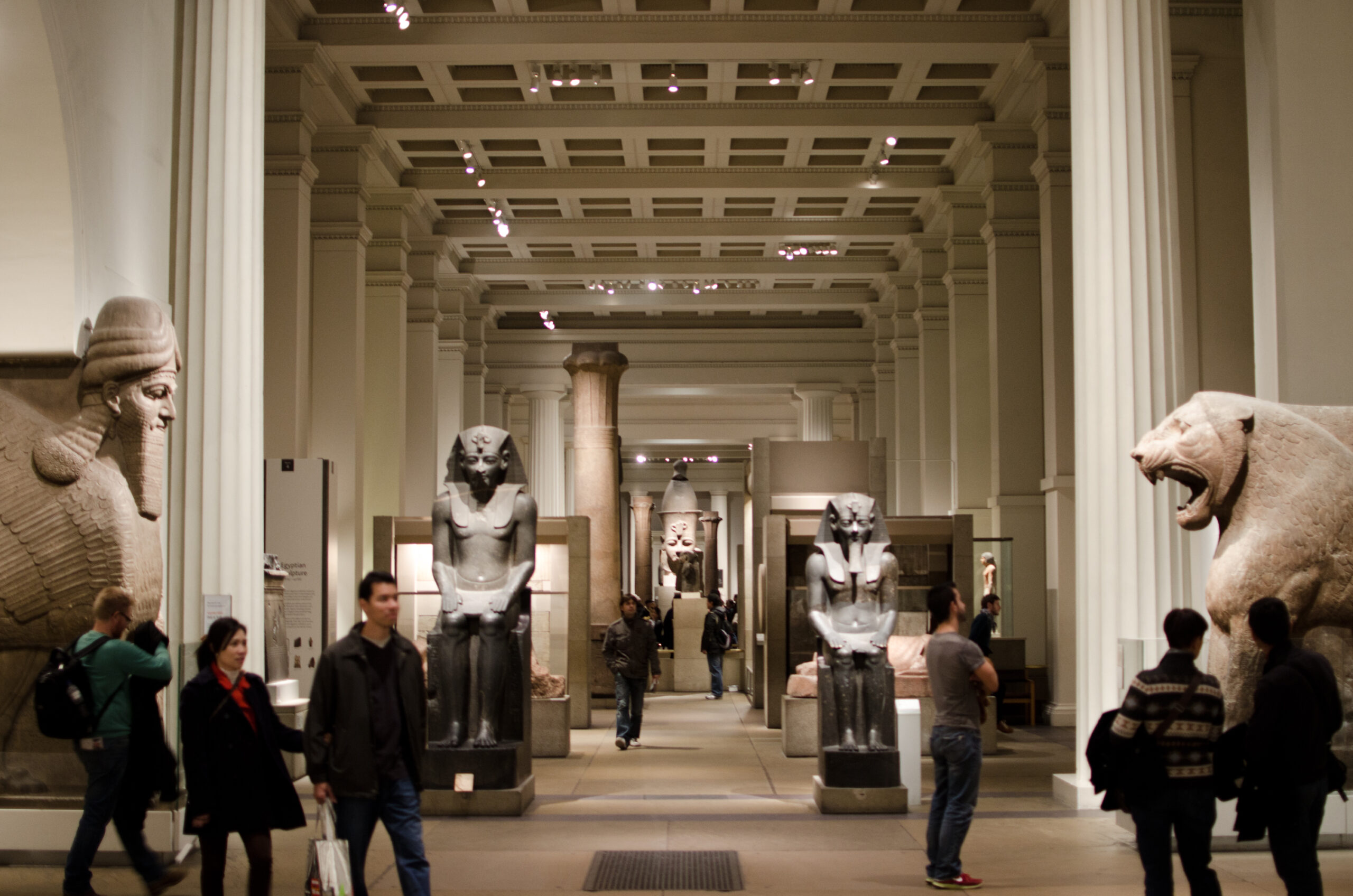
The spirit of the aggrieved Indigenous people has never rested centuries after the Spanish colonisation of the Americas. On the British Museum’s online open-access platform, everyone can retrieve an unsettling image featuring the preserved remains of a woman’s body. The woman was found in what is now modern-day Columbia and was tied and captured in a flexed, sitting position by the Spanish Conquistadors. Her body was acquired by an English painter and donated to the British Museum. The public exhibition of the woman’s remains by another former colonial power is a disturbing reality. The oppression of indigenous women has never ended. Hence, this article argues that open access policy causes epistemic injustice to Indigenous communities.
Epistemic injustice dominates the dissemination of knowledge, contributing to the exclusion, devaluation, and distortion of information provided by others. Advantages like economic and moral rights granted to copyright holders lead to epistemic privilege in shaping a hegemonic understanding of the social environment.
The Sarr-Savoy Report 2018, commissioned by Emmanuel Macron, seeks to ’emancipate’ indigenous rights through an open access policy. This policy entails cultural institutions digitising and making heritage collections available on an online platform. As such, Indigenous communities are provided access to their cultural items that have or had previously been retrieved by Western nations. However, since the open access platforms are operated by Western institutions and some digital items’ copyrights are not owned by indigenous communities, whether an open access policy necessarily protects indigenous rights is left unsettled.
Two arguments ascertaining how open access policy prompted epistemic injustice will be raised: first, the copyrighted digital materials alienate knowledge provided by Indigenous communities; second, the notion of cultural internationalism is encouraged by radical sharing on open access platforms, disregarding the Indigenous communities as ‘knowers’.
I. Copyrighted digital heritage alienates Indigenous communities.
First, copyrighted digital heritage has the epistemic privilege to alienate and replace information offered by Indigenous communities. Further, the transmissible nature of the open-access platforms will aggravate epistemic injustice as a broader audience is exposed to one-sided knowledge.
Two types of digital heritage collections could be protected by copyright: digital analogues and original digital reproduction.
a. Digital analogues block Indigenous communities from accessing their heritage.
Digital analogues are born-digital records of cultural heritage, for example, video recordings of indigenous performances. Since these works might be intellectual creations, they can be eligible for copyright protection. Accordingly, economic and moral rights grant creators the epistemic privilege to control the dissemination of knowledge surrounding the cultural heritage. This includes preventing indigenous communities from accessing or contributing to the relevant knowledge. For example, a videographer denied the Pitjantjara delegation access to a recording of the Pitjantjara community’s secret ceremony. Hence, copyright holders can legally alienate Indigenous communities from accessing their heritage, resulting in epistemic injustice.
b. Highly authentic digital reproduction supersedes the original cultural heritage, causing cultural wipe-out.
Digital reproductions, such as 3D scans of an artefact, are digital copies of cultural heritage for archival or reproduction purposes. Some digital surrogates are replicas of their physical heritage; nonetheless, only the incredibly original surrogates result in copyright subsistence. Highly distinctive digital surrogates refine the accidental damages or structures of the physical heritage, turning it into a brand-new art piece. For instance, the 3D-printed Palmyra’s Triumphal Arch erected in London’s Trafalgar Square contained no bullet harm and was compressed in scale. Owing to digital surrogates’ highly unique nature, scholars have denoted that they are a ‘distorted version of the reality’. Moreover, since the physical and digital forms of cultural heritage share duplicate titles, the new replica may replace the original heritage and its indigenous knowledge. This form of cultural wipeout is further exploited by copyright, causing epistemic injustice.
Copyright claims authorise creators and related cultural institutions to control knowledge without interference from Indigenous communities. Therefore, politicians can use this epistemic advantage to eradicate unfavourable political information like the colonial past that discredits national reputation. Furthermore, open-access platforms operated by prominent museums have a greater audience.
II. Radical sharing of digital heritage encourages cultural internationalism.
Second, the radical practice of sharing high-quality, copyright-free digital heritage on open-access platforms promotes cultural internationalism, which views cultural heritage and its related IP rights as not belonging to a specific ethnic group but to all humankind. As mentioned, digital surrogates include reproductions of real-life heritage with the highest level of detail. In particular, TrigonArt, commissioned by the Berlin Neues Museum, produced a high-resolution digital 3D model of the Nefertiti bust. Later, the Museum made available the 3D data for free download on its website under a wrongly-inserted Creative Commons license. This low accessibility threshold on open access platforms facilitates cultural internationalism in intellectual property rights. Since cultural heritage is no longer exclusive to Indigenous communities, their status as ‘knowers’ will be diminished, contributing to epistemic injustice.
In conclusion, open access policy brings epistemic injustice to Indigenous communities. Legally, copyright holders of born-digital records exclude Indigenous communities from presenting their knowledge. Highly ingenious digital reproduction share duplicate titles as the physical heritage, superseding the primary heritage. Institutionally, transmissible open-access platforms allow altered information to spread quickly. Furthermore, the radical sharing promotes cultural internationalism, disregarding Indigenous communities as the ‘knowers.’
Image: Nathan Meijer, 2011//CC BY-NC-ND 2.0 DEED



Fascinating piece of work!